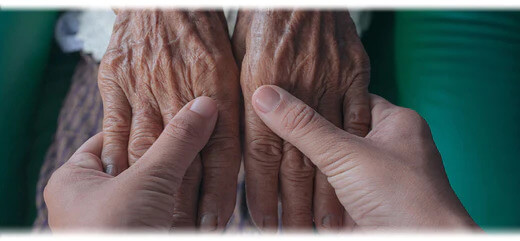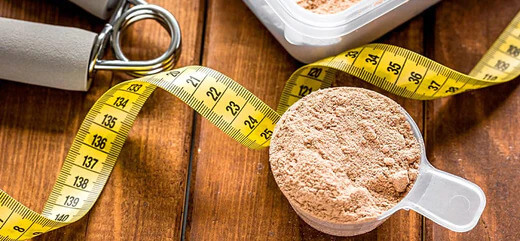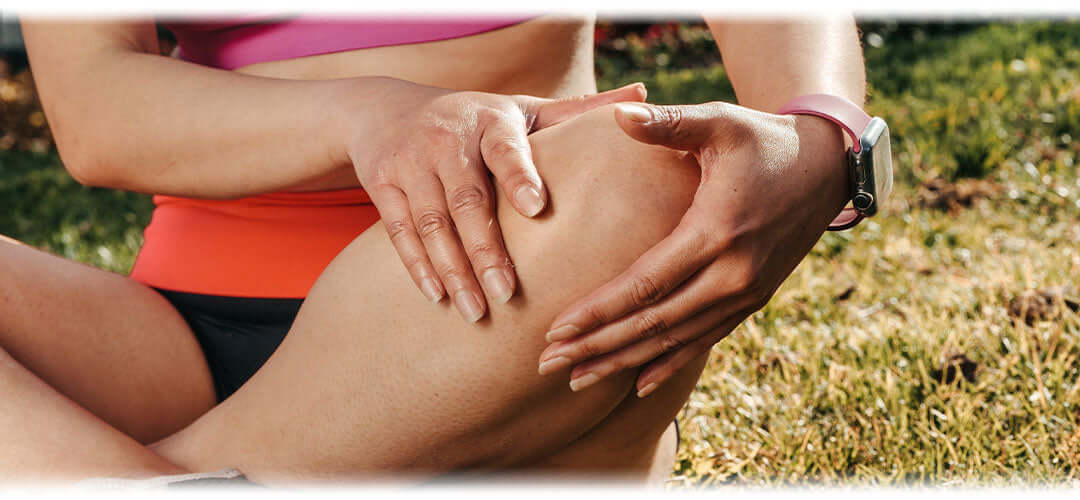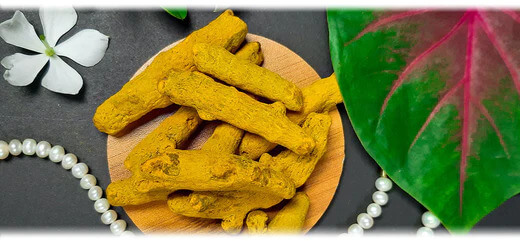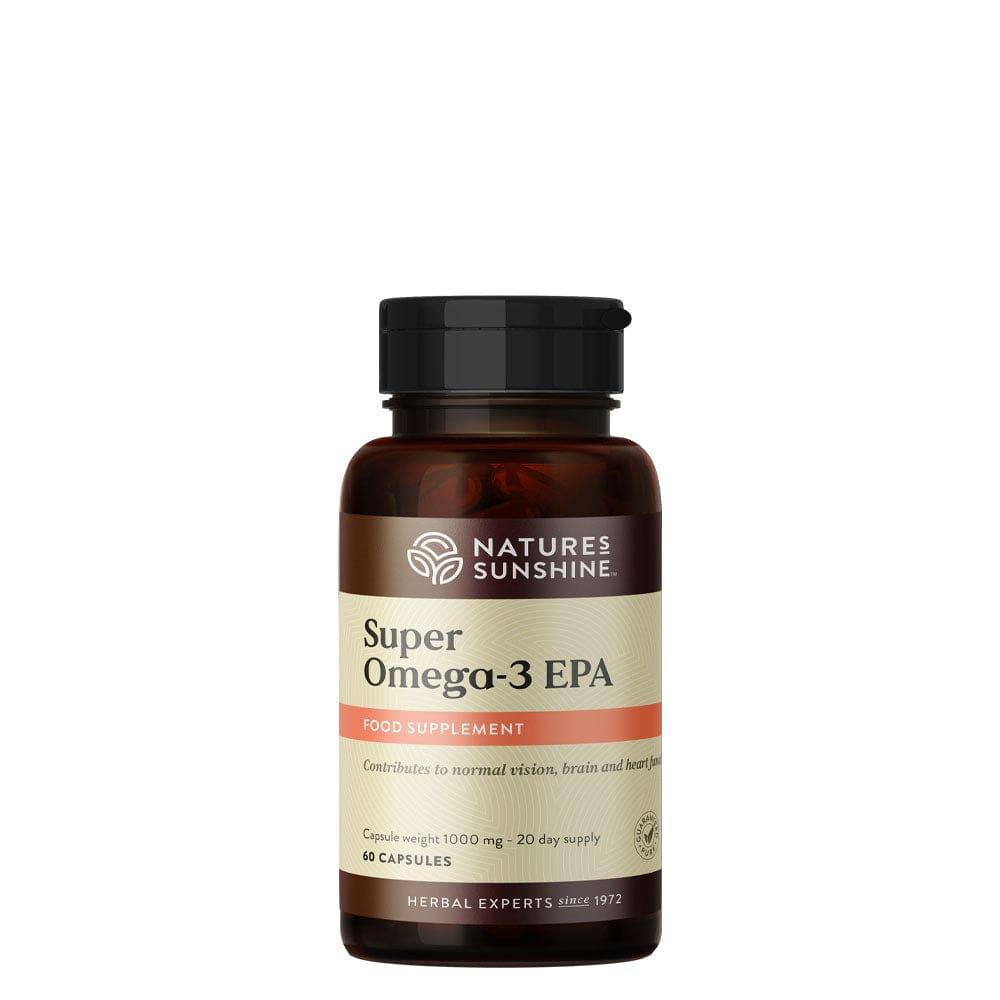
Osteoarthritis is a common joint disorder that arises due to ageing and wear and tear on a joint. It’s the most common type of arthritis, affecting around 9 million people in the UK alone.
It can develop in your mid to late 40’s, and generally affects more women than men. Despite being a chronic condition, there are several effective strategies to manage pain, prevent worsening of the condition, and maintain quality of life.
Understanding Osteoarthritis
Osteoarthritis is characterised by the breakdown of cartilage, the cushion-like material between bones. This leads to bones rubbing against each other, causing pain, stiffness, and reduced mobility. Commonly affected areas include the knees, hips, hands, and spine.
Managing Pain and Symptoms
- Physical Activity: Regular exercise is crucial. Activities like walking, swimming, and cycling can increase strength and flexibility without overstraining joints. Yoga and tai chi are also beneficial for maintaining joint function and reducing stiffness.
- Weight Management: Excess weight puts additional pressure on weight-bearing joints such as the hips and knees. Losing weight can significantly reduce pain and prevent further joint damage.
- Physical Therapy: A physical therapist can develop a personalized exercise program which helps improve range of motion and strengthen the muscles around the joint, thereby stabilising it and reducing pain.
- Use of Assistive Devices: Tools like canes, shoe inserts, braces, and walkers can help take pressure off the joints and improve function.
Preventing Progression
- Proper Ergonomics and Joint Care: Avoid activities that put excessive stress on the joints, like repetitive motion or high-impact sports. Using ergonomic tools and maintaining proper posture can also prevent the worsening of Osteoarthritis.
- Regular Medical Checkups: Regular visits to a healthcare provider can help monitor the condition effectively and adjust treatments as necessary.
Supplementation and Diet
- Omega-3 Fatty Acids: These are known for their anti-inflammatory properties. Fish oil supplements, or a diet rich in fatty fish like salmon and mackerel, can help reduce joint inflammation.
- Glucosamine and Chondroitin: These supplements are thought to aid in cartilage regeneration and reduce the rate of collagen degradation.
- Curcumin: Found in turmeric, curcumin has strong anti-inflammatory properties and can help reduce pain and swelling in osteoarthritis.
- Vitamin D and Calcium: Both are crucial for bone health. Adequate calcium and Vitamin D can prevent bone degeneration and pain in joints.
- Green Tea: Rich in antioxidants, green tea can reduce inflammation and may help protect cartilage.
Lifestyle Changes
Adopting a healthy lifestyle that includes a balanced diet, regular physical activity, and avoiding tobacco and excessive alcohol can also mitigate the symptoms of osteoarthritis.
While osteoarthritis is a degenerative condition, adopting a comprehensive management strategy involving physical activity, weight management, judicious use of supplements, and regular medical oversight can help manage pain, reduce joint damage, and enhance quality of life. It's always advisable to consult with healthcare professionals before starting any new treatment or supplement.




